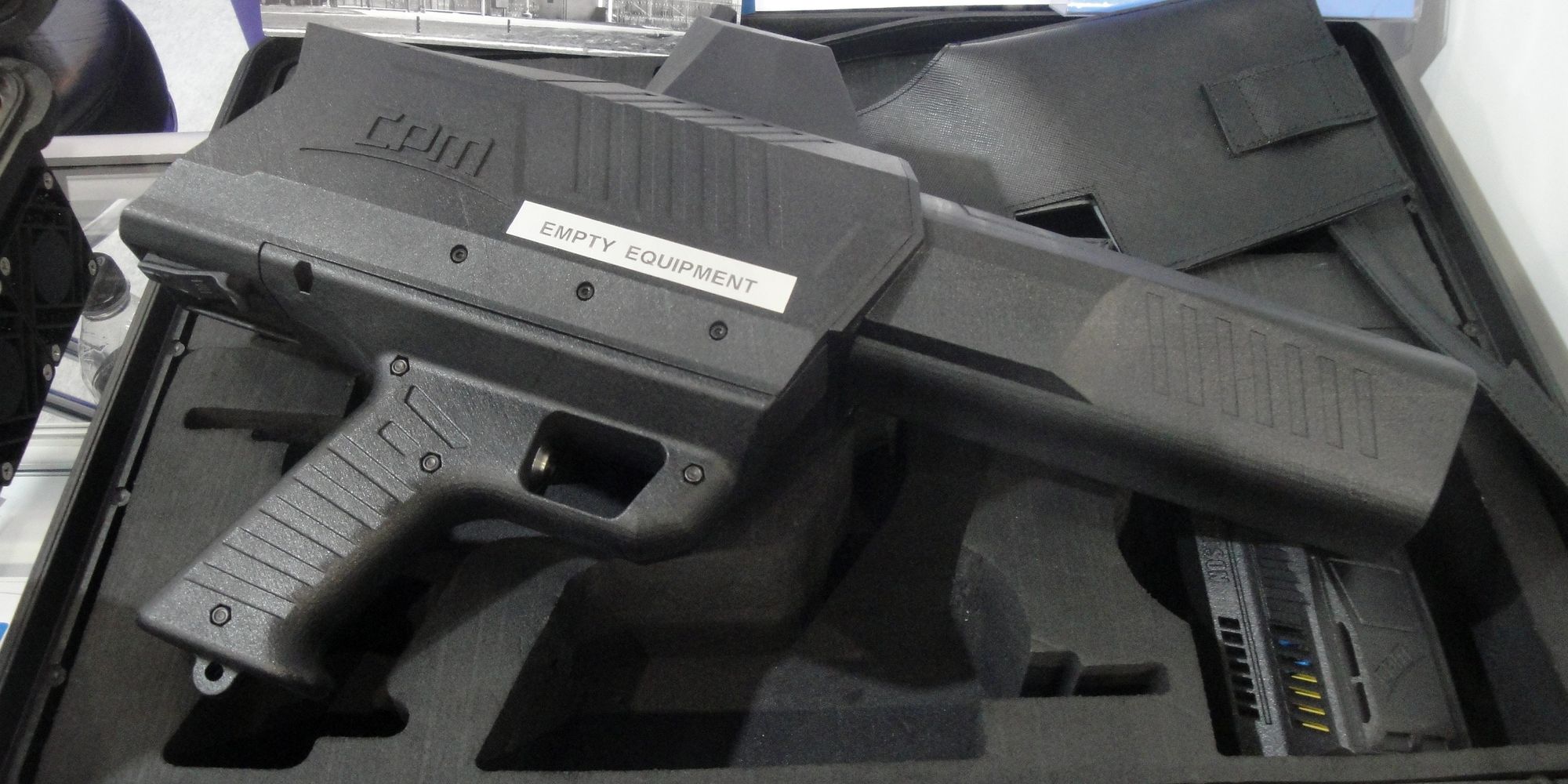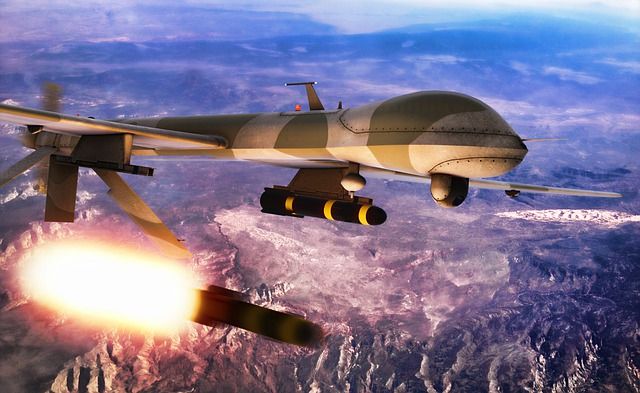The Progress Being Made in Counter-Drone Technology
A brief look into anti-drone tactics and hardware design.

The war in Ukraine has been described as a war of technology, where each side is trying to outsmart the other with scientific advances. And no military hardware has advanced more than the drone.
Previously seen as an expensive weapon, mostly capable of sky-high reconnaissance and precision bombing, developments in drone know-how have changed them into something quite different. Today, they are seen as low-cost (or incredibly low-cost) hardware, capable of artillery correction, dropping cheap munitions (such as grenades), delivering supplies to frontline positions, working in swarms for inner city surveillance, or acting as kamikaze rockets to attack military vehicles and fortified positions.
Such is the influence of drones on the conflict in Ukraine, that a new technological race has begun for counter-drone weaponry.

Basic Counter-Drone Technology
Anti-drone systems use a variety of technologies to find mini- and micro-UAVs, including RF scanners, acoustic sensors, and electro-optical thermal/IR cameras, although radars are used as the primary detecting method. Low-flying UAVs are detected and distinguished from other aerial platforms and birds using specialised radars that can operate in all weathers.
RF scanners can identify drones by scanning their frequency bands as a passive detection technique, similar to radar. Additionally, acoustic sensors that can find drones by the noise of their engines and propellers can also be integrated into anti-drone systems.
Counter-drone set ups can also utilise electro-optical camera systems that can detect UAVs using day/night or infrared (IR) sensors in order to recognise and categorise drones that have been discovered by these active (Radar) or passive (RF, acoustic) means. Typically, a combination of techniques is required to identify UAV threats, sometimes even employing AI.
To eliminate enemy drones requires using a kinetic or non-kinetic methods.

Non-Kinetic Anti-Drone Systems
Non-kinetic techniques stop drones from flying by interfering with the communications signals they need for guidance and control. This prevents direct damage to the drone and uses technologies such as RF jammers, GPS jammers, and spoofing.
The most common anti-drone measure is the RF Jammer, which can neutralize UAVs by disrupting their radio transmission or satellite communication signals used for navigation. Once disconnected from their operator or navigation system, drones either land where they are, hover in the air until their power fades, or return to their take-off point. RF jammers can also disable video transmission; however, they must be continuously pointed at the targeted drone. They are also ineffective against specific radio signals (typically in a frequency range of 2.4 to 5.0 MHZ).
Autonomous drone systems are much less susceptible to RF jamming, as they do not require communication with an operator, although they may still require GPS positioning.
To counter this guidance system requires a GPS jamming device to disrupt or deceive a drones targeting and positioning data by broadcasting false information and incorrect geo-location coordinates.
Spoofing, also known as protocol manipulation, uses a similar system of trickery to take control of an enemy UAV by hijacking the command-control or satellite/navigation communication.

Kinetic Anti-Drone Systems
Kinetic solutions (also known as ‘hard kill’ measures) use a physical impact to destroy or capture enemy drones, commonly using projectiles, rockets, and laser systems.
These systems can be particularly effective against drones that follow pre-programmed GPS coordinates without relying on RF, Wi-Fi, or other communication protocols.
A number of anti-drone systems, including the AUDS consortium Counter-UAS Defence System (Kongsberg XM-153 CROWS II M134 Weapon Adapter Kit) and the Aselsan IHTAR Anti-Drone System (Aselsan SARP RWS fitted with 40 mm MK19 Mod3 AGL using ATOM Air Burst Munition), can be coupled with remote controlled weapon stations to deliver a high volume of destructive firepower against UAVs.
The U.S. defence giants Raytheon and Boeing, as well as German Rheinmetall and MBDA Deutschland have been heavily investing in directed energy weapon systems (such as High Energy Lasers) to destroy or disrupt enemy drones.
Kinetic systems carry the risk of destroying a drone in mid-flight only for it to cause significant damage as it falls out of the sky and crashes. To avoid this danger, nets can be deployed (from drones or even highly trained birds of prey) to capture drones flying over densely populated areas.

Counter-drone defence measures are now a key part of the war in Ukraine. A specialist area where electronic warfare is used to disrupt enemy communications, gather information, and boost firepower with minimal risk to your own soldiers.
As a recent BBC report acknowledges, “There is an invisible conflict carrying on in parallel with the explosions, missile strikes and trench warfare that dominate the news. Almost every modern weapon - from artillery installations to high precision missiles - uses radio waves, microwaves, infrared or other frequencies to receive data. This makes them vulnerable to electronic warfare, which aims to intercept and suppress those signals.”
Anti-drone warfare is now a significant part of this electronic war.
However, beyond the battlefield, counter-drone measures are increasingly needed for civilian defence and to guard against terrorism. For this reason, anti-drone tools are frequently deployed near airports, over large crowds (such as parades and sporting events), or anywhere where authorities believe there is a risk of attack, propaganda stunt, or illegal surveillance/paparazzi.
For this reason, it is safe to say that the development of counter-drone technology has only just begun.
Photo credit: Tayeb Mezahdia on Pixabay, Wikimedia, Freepik, Wikimedia, & Wikimedia

